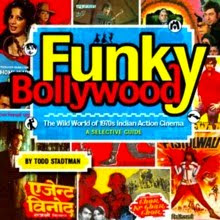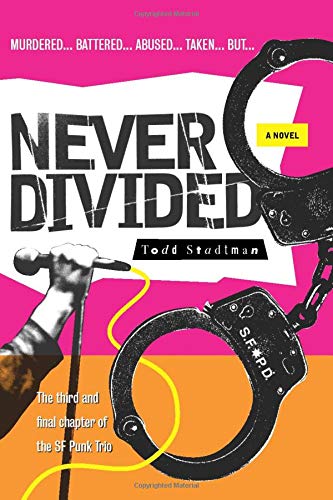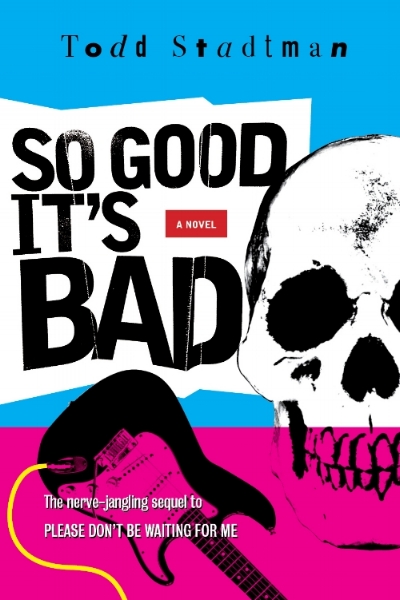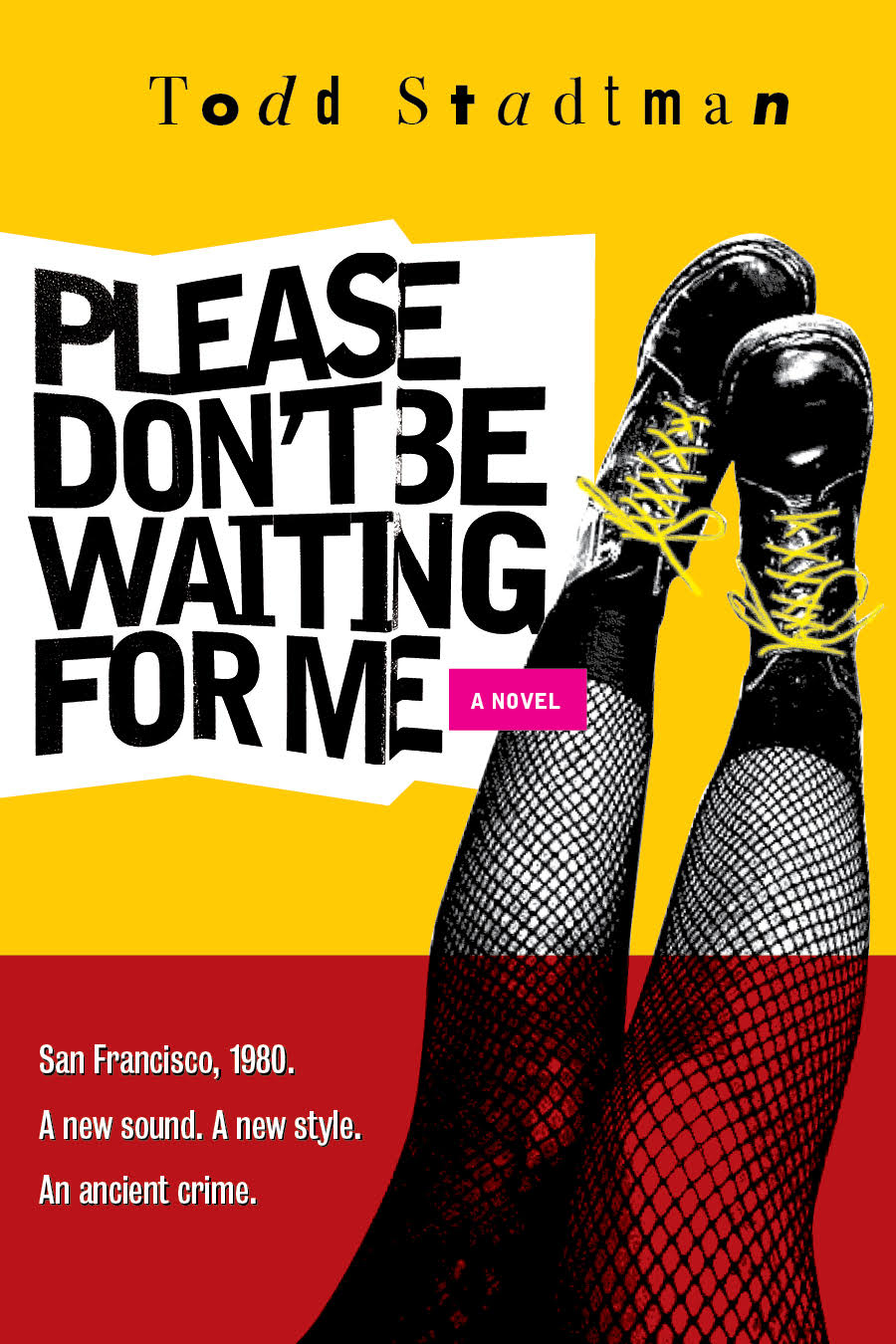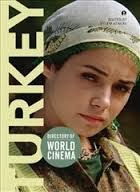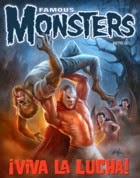Phra Rot-Meri (1981)

Gosh, it's been quite a while since I checked in with Thai-Style Kaiju, hasn't it? So long that I should probably provide a backgrounder for those of you who have only just tuned in to 4DK over the past few months.
In short, Sompote Saengduenchai -- who has on occasion gone under the name Sompote Sands -- is the Thai special effects pioneer who, through his own Chaiyo Productions and in his own inimitable style, first brought a homegrown version of the Japanese style giant monster movie to Thailand's cinema screens. My fixation with Sands began when I wrote a review for
Teleport City of
Hanuman and the Seven Ultramen, a co-production between Chaiyo and Japan's Tsubaraya Productions that resulted in a bizarre and protracted legal battle over the rights to Tsubaraya's Ultraman character. From there, I went on to watch and review whatever of Chaiyo's movies I could get my hands on, regardless of the cost to my personal life and mental health. I recently came across a few more of them, so I have decided to make Thai-Style Kaiju a ten-part series, closing it out forever with a review of
Krai Thong II in a few week's time.

For a Westerner, watching a Sompote Sands film is a surefire recipe for culture shock. While apparently made for a general audience, they casually break so many of mainstream Western cinema's taboos -- in terms of nudity, violence against children, graphic scatological humor, etc. -- that they would probably cause riots if shown in an American multiplex. They are childish and fantasy-filled enough to be children's' films, but so loaded with gore and sleaze that it's difficult to imagine any child not being permanently scarred by them. For better or worse, despite the fact that I have now watched quite a number of them, they have still not lost the ability to surprise, frequently disgust, and even shock me.

Motivated by just such a visceral reaction, I jumped the gun a while back and named
Hanuman and the Five Riders -- a movie that incorporates pirated characters from a Japanese superhero TV series into a narrative that includes a sleazoid vision of Hell complete with nude, chained women being bloodily prodded with pitchforks and gory decapitations -- as Sands' masterpiece. And by "masterpiece", I simply mean in terms of fully embodying those jarring qualities that I enumerated in the preceding paragraph. Now, however, I am forced to retract that judgment and give the title instead to
Phra Rot-Meri. This is an especially impressive accomplishment on Sands and Chaiyo Productions' parts, because they here reach the bar without aid from one of their other signature practices, that being the generous recycling of footage from both their own and other people's films.
Phra Rot-Meri, as far as I can tell, is an entirely original production, and one that's full of all kinds of really strange and disturbing crap.
But before I relay to you the contents of
Phra Rot-Meri, let me digress for a moment for a quick note on Thai movie posters. As anyone who has seen them knows, old Thai movie posters are a thing of awesome beauty. Expertly hand painted in an eye-grabbing array of colors, they depict a level of excitement and grandeur that the usually low budget fare they advertise could never possibly live up to. For instance, here is the poster -- cropped somewhat for the VCD packaging -- for
Phra Rot-Meri:
A fearsome, black giant with pornstar boobs? Yeah. I don't think so. If such an image turns up in
Phra Rot-Meri, I'll be truly surprised.

In the opening moments of
Phra Rot-Meri we see a fearsome, black giant with pornstar boobs swooping down on a herd of elephants, picking up one of the animals and popping it into her mouth like a pork cracklin', then spraying blood through her teeth at the camera as she bites down. (Well, I'll be damned.) Then we move on to the story proper.
Phra Rot-Meri (English translation:
Prince Rot and Princess Meri) is adapted from an old Thai folk tale, and tells the story of twelve little girls who are abandoned by their parents, leaving them to brave the elements (and the elephants!) by themselves. Eventually they are taken in by an evil -- but sexy! -- sorceress who has as her sidekicks two ogres who can transform between human and giant size, one of whom is kind and sympathetic toward the girls, the other of whom just wants to eat them. (By the way, "sorceress" and "ogre" are my own terms here, as I'm not sure what these figures would be characterized as in Thai folklore, though one summary of the story I read describes the sorceress as a "yak woman", despite her not appearing very yak-ish here.)

Once the girls have been thrown into a dank dungeon, making it clear that the sorceress' intentions are probably not all that charitable, the kindly ogre gives them pills that make them turn into adults. They then escape and are rescued by a fluffy-haired prince who, having fallen in love with the youngest of the girls, Sip Song, agrees to marry all twelve of them. Unfortunately, the sorceress is able to insinuate her way into the Prince's court -- and bed -- and by that proximity is able to poison the girls with a potion that makes them all instantly become extremely pregnant. The prince then takes time out from dallying with his new mistress to be outraged that his twelve new wives would cat around behind his back and all of a sudden be eight months pregnant, and so banishes them, after which they fall back into the sorceress' hands. At which point things take a decidedly dark turn.

The sorceress next decides that she needs the girls' eyes in order to make a youth potion, and so we get a gruesome scene in which the screaming girls, one by one, have their peepers gorily torn from their sockets. Then, having served their purpose, the now blind and horribly mutilated girls are left to die in the dungeon, and quickly deteriorate into an animalistic state. When the first of their babies is born, all of them but Sip Song tear it to pieces with their bare hands and eat it. (This scene is phony looking, but still extremely graphic, and disturbing enough that I decided not to provide any screencaps of it.) When Sip Song's baby is born, she beseeches the kindly ogre to save it, and so he reaches down with a giant hand and whisks the babe away before it can become the chef's special.
Now unexpectedly finding himself a parent, the kindly ogre prays to the gods, and is granted his own pair of copiously lactating pornstar boobs. Within minutes, Sing Song's baby son has grown to be about eight years old, at which point he greedily latches his mouth onto one of the ogre's massive man-hooters and starts sucking away. (Oh God...) The boy reaches manhood within a matter of days, and takes to running cockfights in order to make his living. (Must... stop...) Amazingly, these cockfights are not "to the death", and so Sands, while certainly presenting us with scenes of real animal cruelty, uncharacteristically does not go all the way with it. Eventually the boy, who is the Prince Rod of the title, sets out to free his mother from captivity and defeat the sorceress, who, we will learn, turns into that buxom black giant, hulk-style, when she gets extra mad.
Okay, that's it. That's as far as I can go.
 So. Wrong
So. Wrong.
Holy fuck, Sompote Sands! I knew this one was going to be weird from the outset, but I really didn't see the graphic baby eating and man-boob suckling coming. You have once again managed to completely fucking freak me out. And I hadn't even yet mentioned the scene where a kid is shown taking a crap and the camera then zooms in for a lingering close-up on the resultant turd. Holy fuck, Sompote Sands!

Because I'm all about fairness, I will point out that
Phra Rot-Meri, true to Sands' more wholesome mandate, contains a generous amount of scenes in which giant monsters trash miniature buildings, most of which are a reasonable amount of fun. It is also, quite surprisingly, one of the most narratively focused of all of the non-co-produced Chaiyo productions I've seen, and is free from most of the meandering digressions into aimless comic relief seen in their other efforts. Nevertheless, many of those who might find some modest amount of pleasure in the film's oddball fantasy elements will most likely find elsewhere within it much that will challenge their ability to keep their lunch down. This is definitely one for those with the calloused sensibilities of the hardcore Mondo Macabro fan. (Keith, your copy is in the mail.) All others should stay away. Hell, I should have stayed away, and I generally like those kind of movies. But, you know, that's just never gonna happen.
Stay tuned for more Thai-Style Kaiju in the coming weeks!
These images reveal a lot more about the male psyche than I'd like to admit.
 For the cover of their seminal debut album, Entertainment!, the British band Gang of Four, following the example of those wacky Situationists, took frames from an old Hollywood Western and turned them into a comic strip commenting on the white man's economic exploitation of Native Americans. The Sons of Great Bear, a first stab at the Western genre by East Germany's state-run DEFA studio, feels like a movie based on that comic. Read my full review, just posted over at Teleport City.
For the cover of their seminal debut album, Entertainment!, the British band Gang of Four, following the example of those wacky Situationists, took frames from an old Hollywood Western and turned them into a comic strip commenting on the white man's economic exploitation of Native Americans. The Sons of Great Bear, a first stab at the Western genre by East Germany's state-run DEFA studio, feels like a movie based on that comic. Read my full review, just posted over at Teleport City.
























































